 Intro
Intro
Hey everyone! First off I want to say thank you for taking interest in my synthetic hurley comparison! I will be reviewing and comparing the Cultec, iHurl, and Reynolds synthetic hurleys.
(The review will be my personal opinions and I have not received any payment or products to conduct this review)
(Repost from 5/20/2017 – CU Gaelic Club Blog)
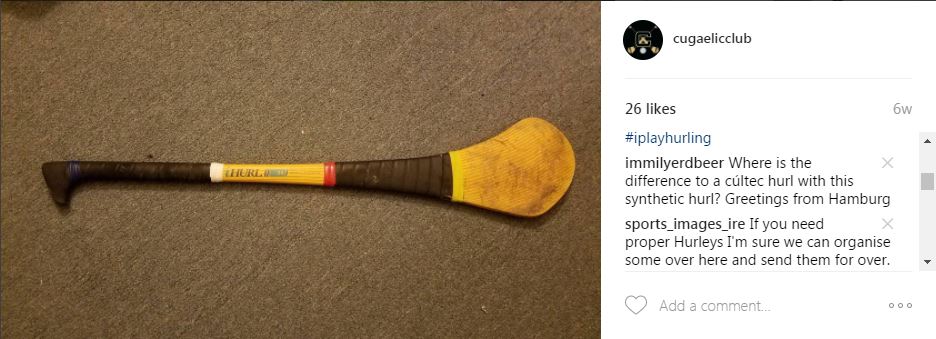
I posted a picture of an iHurl to our Instagram account back in April after I’ve used it for about 3 weeks. A few people commented asking how it compared to the Cultec and one person offered to connect us with a hurley maker in Ireland!
I ordered a Reynolds when they came out and soon thought that maybe people might want to read a more in depth review of the few synthetic hurls on the market.
Background
(Boulder is about 30 minutes Northwest of Denver, Colorado for those wondering!)
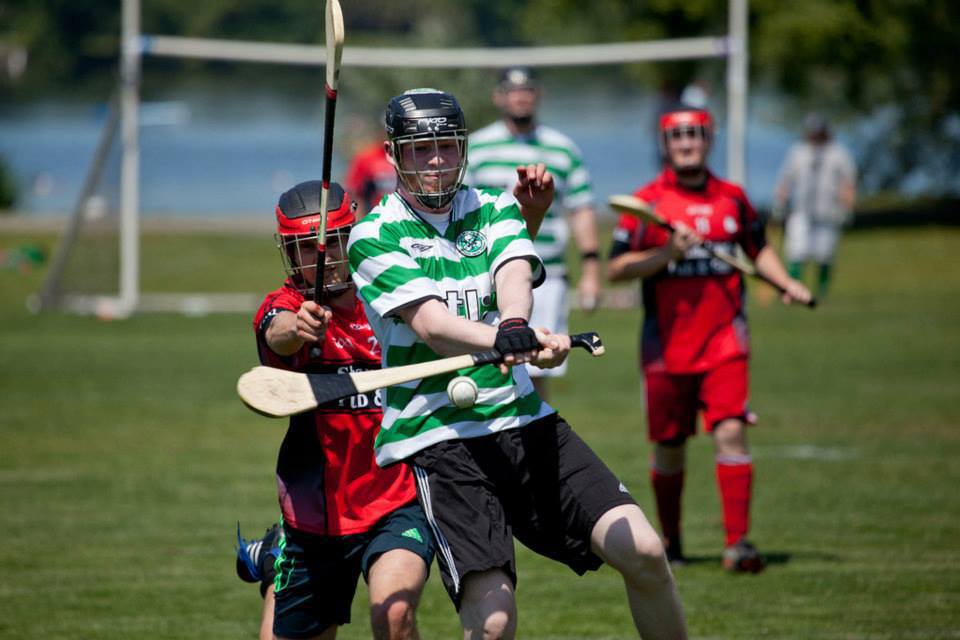
Soon after I started university, I founded a hurling team on campus. The club received money from the school to buy equipment to start a team so I bought 2 dozen ash hurls from Ireland which proved to be a huge mistake. The Boulder-Denver area is so dry the hurls dried up immediately and all broke!
Our club quickly turned to the only synthetic hurley on the market, Cultec, which we have used for the last few years.
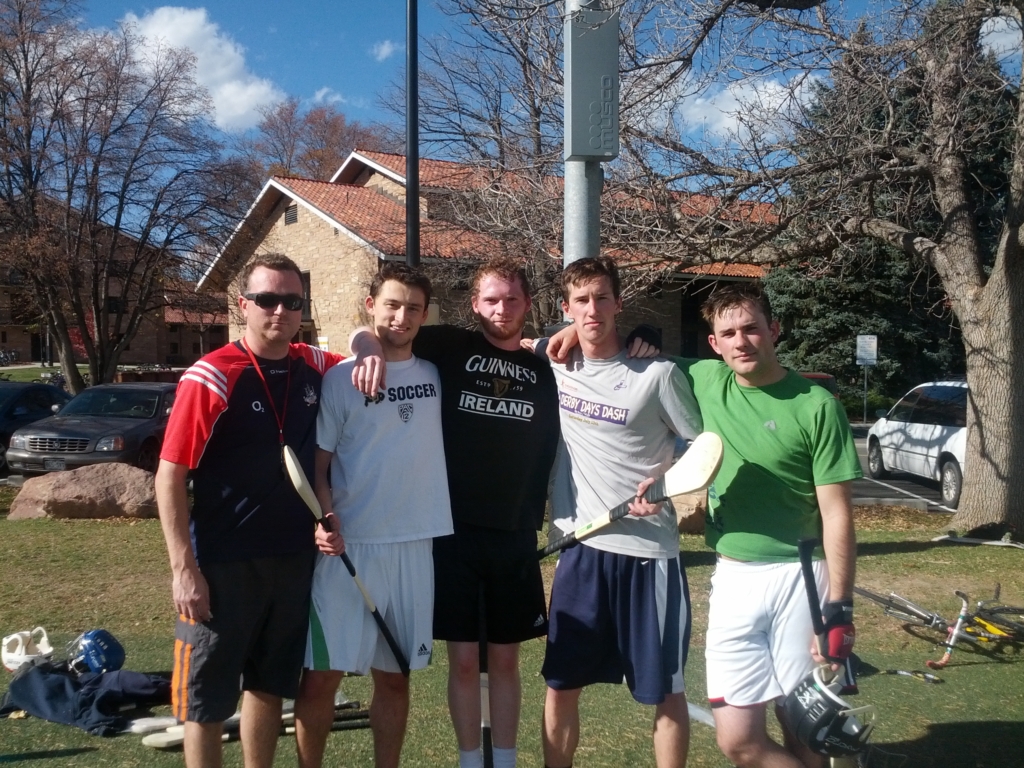
I discovered PlayIrishSports (playirishsports.com) in February of this year and bought an iHurl to try it out and bought 2 Reynolds from www.reynoldshurling.ie when those were released in the beginning of April. I’ve been alternating between using the iHurl and Reynolds for the past couple of weeks to get a feel for them.
So why am I focusing on synthetic hurls instead of using the traditional ash hurl? Like I said above, the Boulder-Denver area is very dry, making it extremely difficult to care for ash hurls. We’ve tried soaking them in water and linseed oiling them, but they’re still breaking. Some people have even resorted to putting a laminate material on the ash hurls to keep the moisture in. I’ve found this just makes the ash hurls very heavy and clunky.
Running an Irish sports program is difficult in itself and I did not have the time or energy to care for 2 dozen ash hurls. As you can see below, my car is full of our clubs equipment. There are 2 goals, a dozen helmets, 5 dozen sliotars, and 2 dozen hurls in my car plus cones, bibs, and other coaching equipment.
With all this equipment I needed a hurl that I do not have to tend to after every practice or game and that performs well every time we used them which is why we turned to synthetic hurls.
Comparison Summary
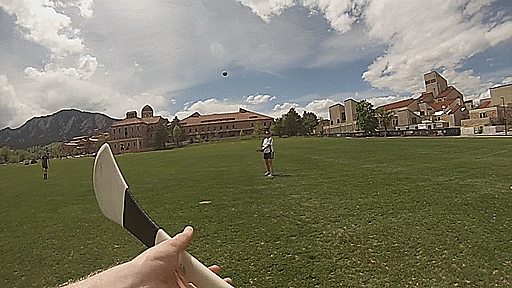
For this review I will be commenting on the price, feel, weight, puck distance, and durability of all the hurls except for the durability of the Reynolds since it was recently released. I have not had the chance to use it in multiple games or scrimmages yet.
In comparing these hurls I used all three in short, mid, and long range passing.

Thanks for reading and safe pucking!
Please give us a follow on Facebook and/or Instagram!
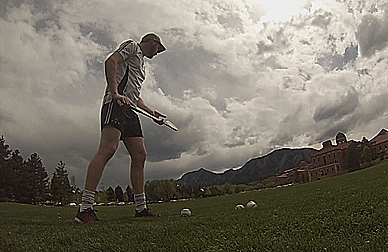

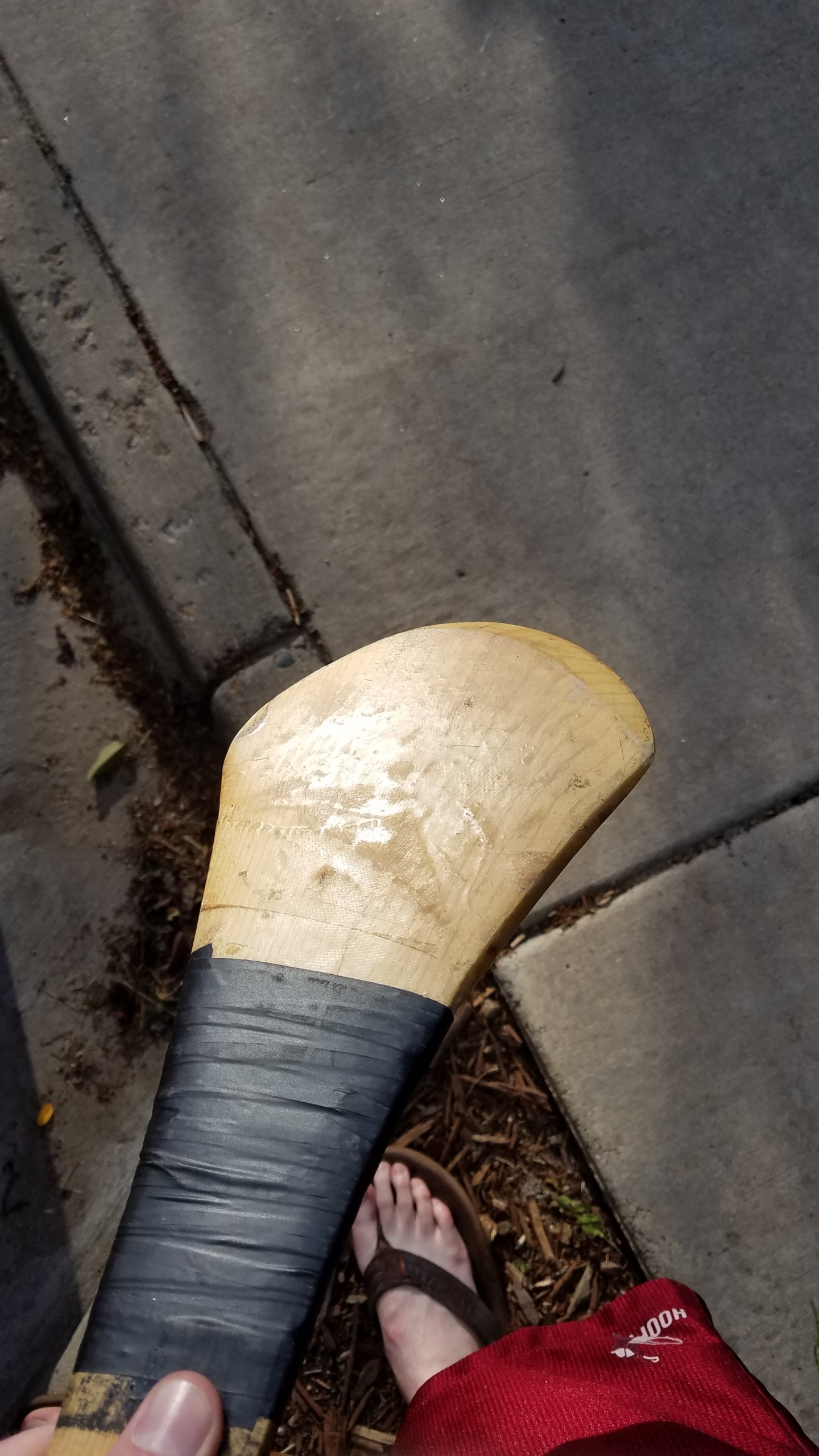



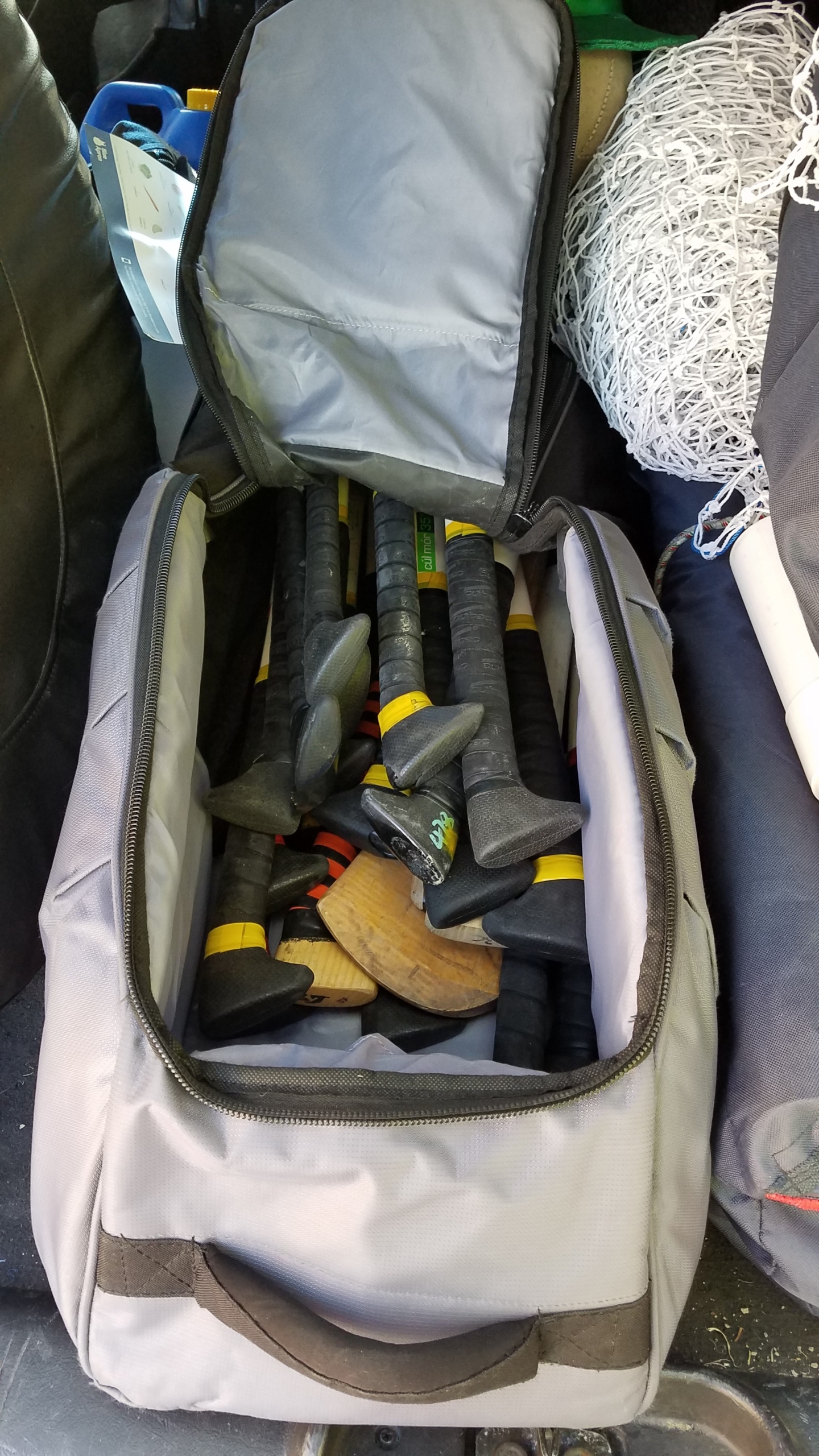
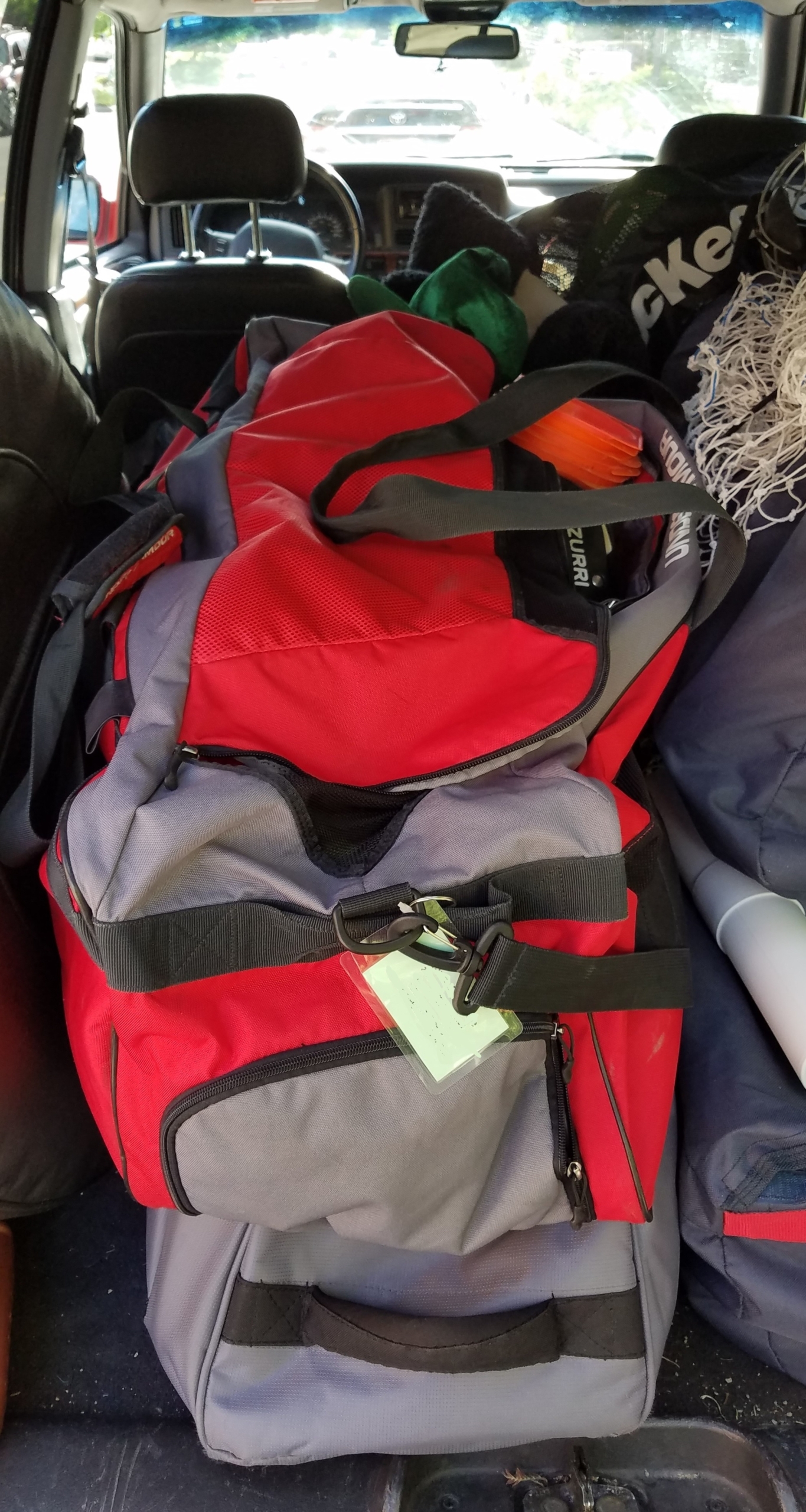
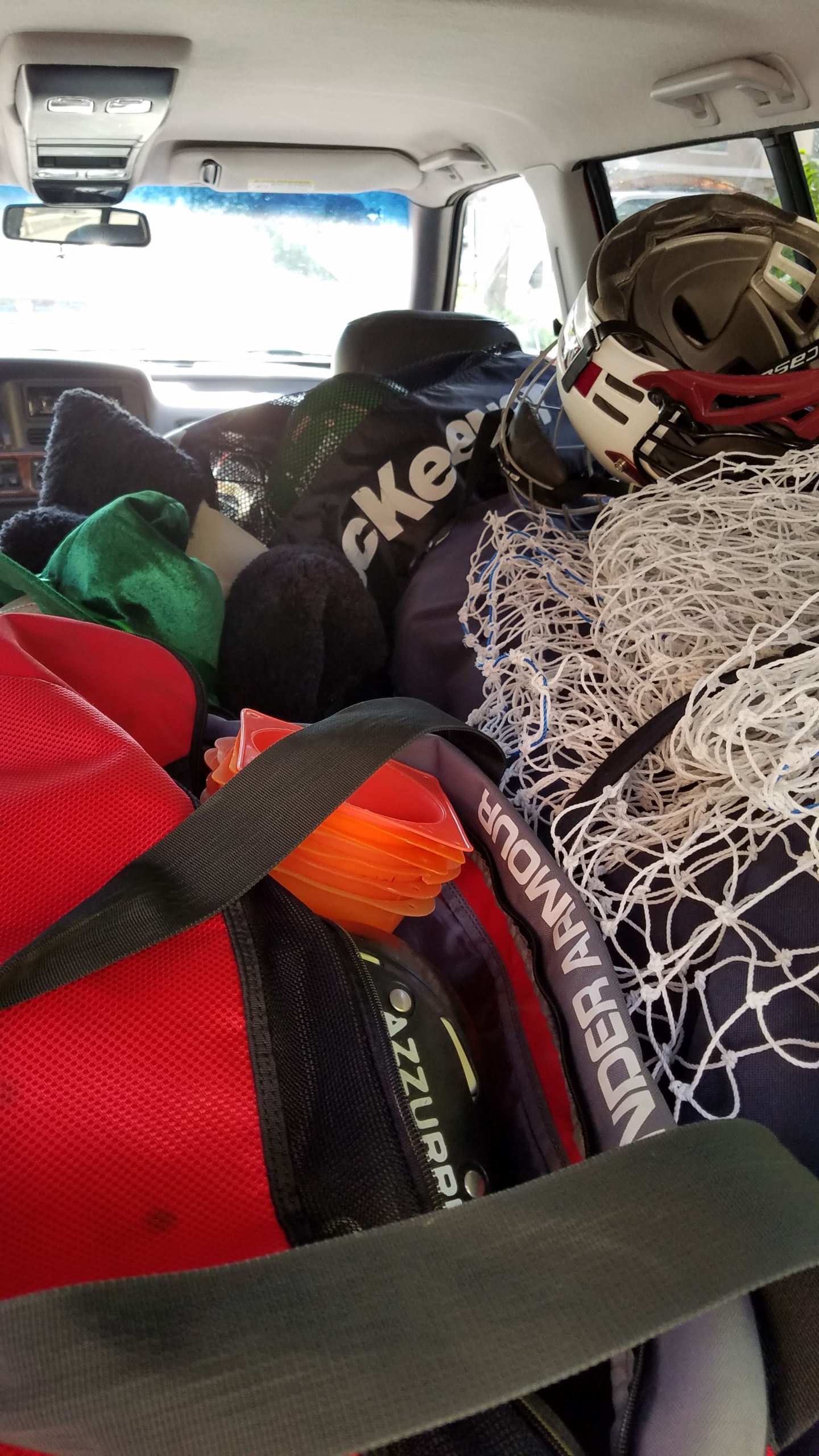
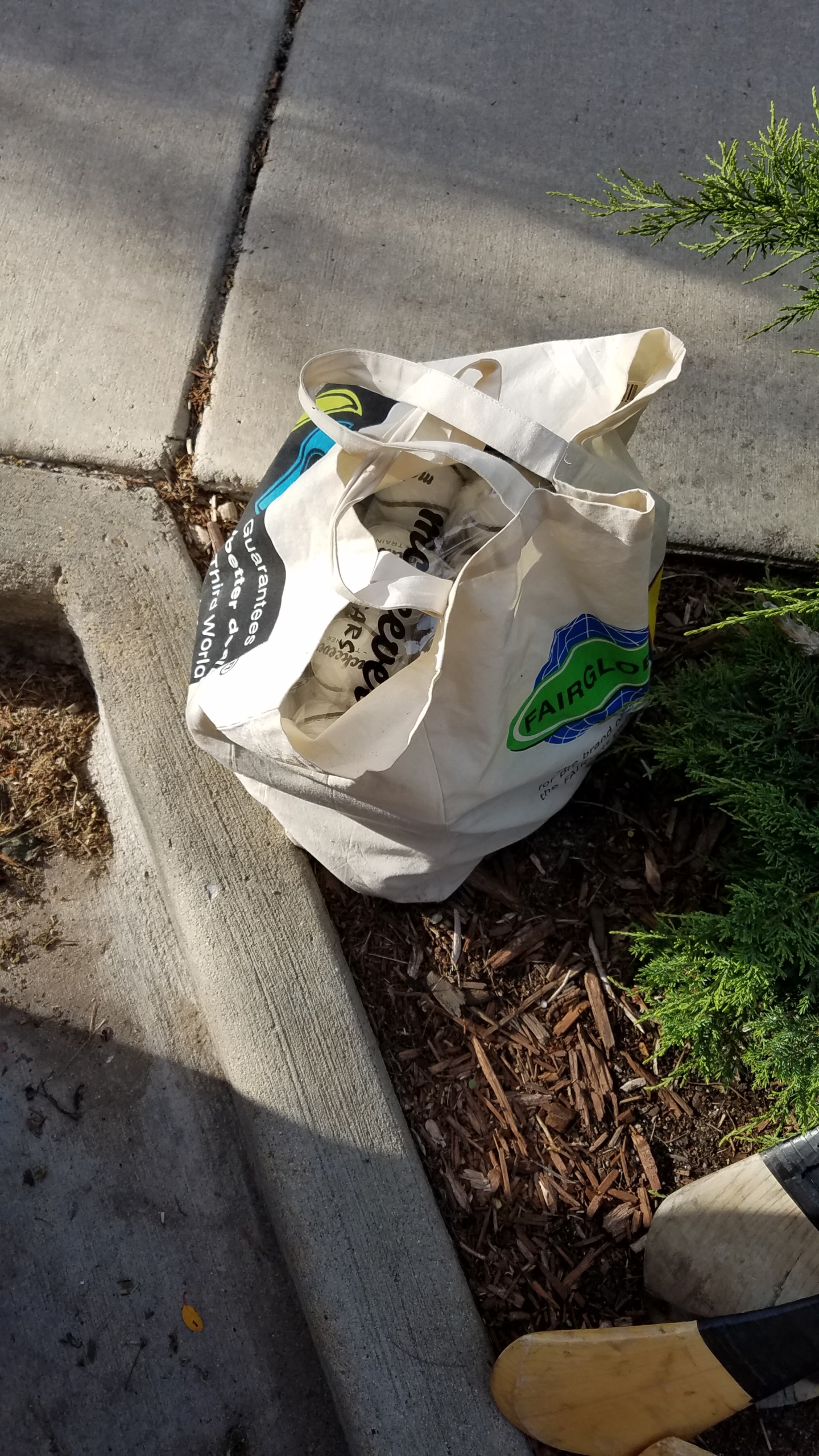
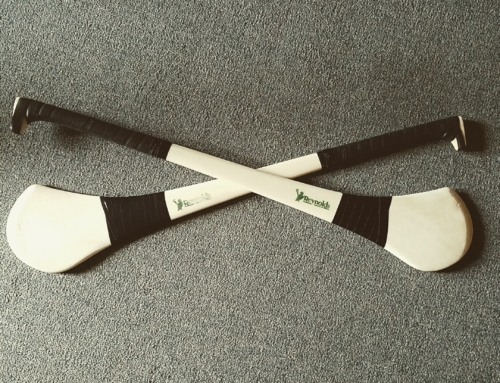
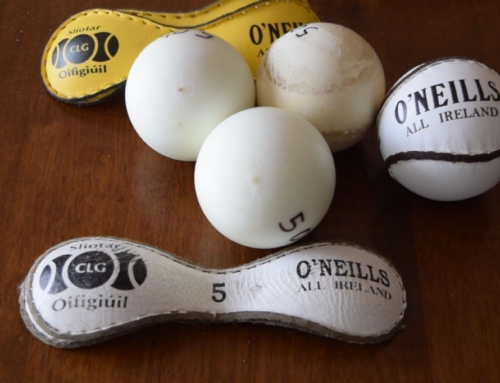
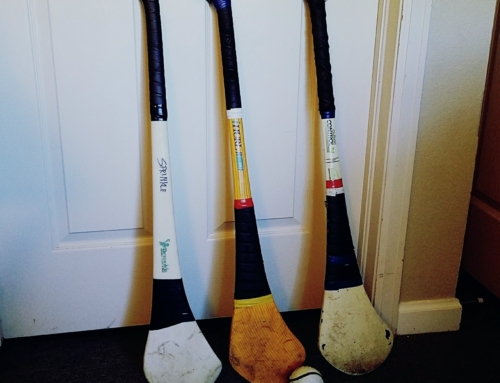
Leave A Comment